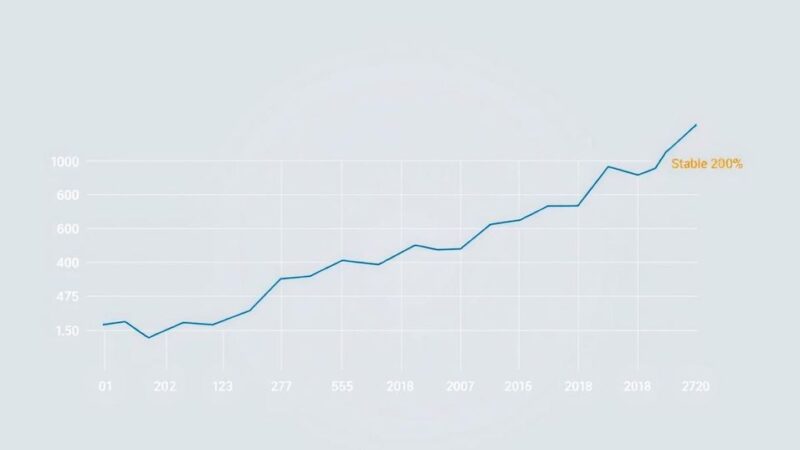The PPP/C government has invested significantly in education since 2020, spending over $608 billion and constructing numerous new school facilities. They’ve reinstated cash grants, boosted meal programs, made textbooks more affordable, and eliminated tertiary education fees, expanding access to training. Also, vocational training access has been expanded through partnerships, positively impacting thousands of students and creating a skilled workforce.
Education plays a pivotal role in upward social mobility, particularly in countries like Guyana. It’s basically the key to climbing the socio-economic ladder, as it lays the groundwork for a productive life. Sure, politicians are often quick to make big promises. However, the reality in Guyana shows that promises, especially those from the APNU-AFC party, can fall flat. In fact, their record on education pales considerably in comparison to what the current PPP/C government has accomplished.
Between 2020 and 2025, the PPP/C government allocated a substantial $608 billion to education initiatives, a stark contrast to the $209 billion the previous APNU-AFC government spent from 2015 to 2019. They’re really pushing hard on various fronts, promising to improve primary, secondary, and tertiary education while beefing up infrastructure and support services. During this period, the government created 25,000 new school spaces across the country and built nearly 59 new nursery schools, alongside construction of 24 primary and 26 secondary schools. Plus, efforts were made to reconstruct and renovate about 115 schools.
Moving into 2025, another critical investment of 36 billion dollars will fund the construction of even more educational facilities, with plans for 26 nursery, 9 primary, and 20 secondary schools. On top of that, the reinstated Because We Care Cash Grant now offers $50,000 plus an additional $5,000 for uniforms, amounting to $55,000 for more than 205,000 students. It’s clear that the current administration acknowledges that hungry children can’t learn effectively.
To tackle this, the National School Feeding Program sprang into action. Under the PPP’s leadership, participation jumped from 26,778 children receiving hot meals to 37,000 – that’s a notable 38% increase. They’ve even rolled out a National Breakfast Program. Initially aimed at Grade 6, it’s now expanded to include grades 3 to 6 in many primary schools.
Financial barriers associated with textbooks have also been addressed. The government has spent over $8 billion on textbooks since taking office and has earmarked an additional $2 billion for 2025. Plus, they’ve fulfilled their promise of free tertiary education – they’ve completely abolished tuition and ancillary fees for University of Guyana students and technical institutions, investing over $13 billion this year alone.
From 2020 to 2025, there’s also been significant growth in teacher training through the Cyril Potter College of Education, available through online classes. The number of trained teachers soared from 7,921 to 12,876, with another 1,400 expected to graduate. More good news: the PPP/C introduced free CXC examination fees for CSEC and CAPE for up to eight subjects across public and private schools. This is a significant step forward, removing financial barriers for over 13,000 secondary school students.
Furthermore, the Guyana Online Academy of Learning (GOAL) has granted an impressive total of 29,758 scholarships. Few countries can boast such an achievement. Additionally, strides in Technical and Vocational Education Training (TVET) can’t be overlooked. Approximately 74 secondary schools now offer practical instruction in various vocational qualifications.
New state-of-the-art TVET facilities have popped up in regions 1, 3, 4, 5, 7, and 9 to ensure that every Guyanese interested in acquiring a skill has access to quality training. Partnerships with the private sector have created remarkable opportunities, like the Oil & Gas Training Centre at Lusignan, which trained 4,000 technicians in crucial oil and gas skills.
Another notable project, the Facility Simulator at Tain, funded in association with Exxon, is making waves too. It replicates an offshore oil platform and trains students in a wide range of technical fields. Graduates from these programs are landing high-paying jobs, providing a great return on investment for both the students and the country.
When looking at the educational accomplishments since the PPP/C took office in 2020, it’s clear there’s a solid track record of meeting—or often exceeding—pre-election promises. The current wave of education and training initiatives is indeed steering Guyana into a bright new era of development ahead.
In summary, the investments and initiatives by the PPP/C government between 2020 and 2025 show significant strides in education and training. By boosting funding, infrastructure, and access to education, they’ve set a new standard not only for educational achievement but for socio-economic mobility in Guyana. With a clear focus on improving the educational landscape, it’s evident that the current administration is committed to fostering a well-trained, skilled population, steering the country toward future growth. Education is proving to be the cornerstone of Guyana’s development.
Original Source: demerarawaves.com






